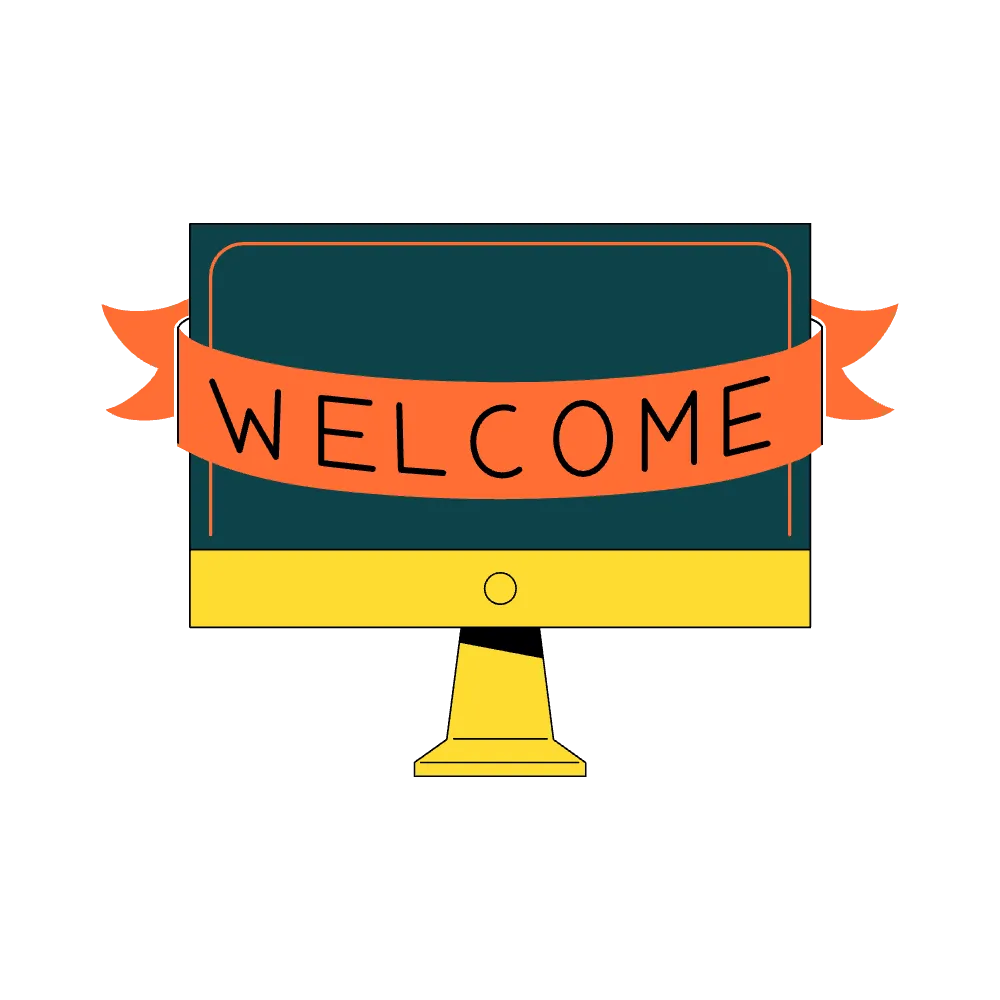Choose the right platform for your needs. Build infrastructure that lets automation scale. Implement lead scoring so sales focuses on hot prospects. Create sequences that educate and convert.

Welcome flows are your first impression. Send 3-5 emails over 2 weeks that introduce your brand, share your best content, explain how you help and invite subscribers to take the next step.
Lead nurture moves prospects from awareness to consideration. Send 5-7 emails over 3-4 weeks that address pain points, share case studies, handle objections and surface prospects ready to talk.
Re-engagement campaigns win back leads who went cold. Segment by inactivity period, send special offers or new content, ask if they still want to hear from you and clean non-responders.
Event flows handle the full cycle. Send confirmation emails, reminders before the event, replay links after and targeted follow-up based on attendance and engagement.
Post-purchase onboarding gets customers to value fast. Send setup guides, feature walkthroughs, best practices and check-ins that ensure customers get wins in the first 30 days.
Use what you already have. But if you're starting from scratch or want recommendations, these are the tools I use with clients and personally rely on. Consider this a bonus: helpful if you need it, completely optional if you don't.
The books that shaped how I think about growth. Read summaries here, then buy what resonates. Learn from the best thinkers in B2B.
Map the customer journey from signup to value realisation. Create 30-60-90 day milestones. Build automation that delivers consistent onboarding. Develop resources customers use to get wins fast.
See playbook
Develop LinkedIn ads strategy that targets decision-makers. Set up campaigns with proper tracking. Learn Google Ads strategy for high-intent keywords. Master creative principles that drive conversions.
See playbook
Set clear research goals before interviewing. Recruit participants who represent ideal customers. Conduct interviews that uncover real needs. Synthesise findings into actionable recommendations.
See playbook
Plan your week like your marketing budget. Manage tasks with a system you trust. Stay out of inbox traps. Protect deep work time. Run better meetings. Close your week with a firebreak.
See playbook
Run quarterly roadmap sessions and reviews. Plan monthly priorities and review performance. Hold weekly planning sessions. Track weekly scorecards. Resolve issues fast in weekly meetings.
See playbook
Build a retention framework that identifies why customers leave. Analyse churn patterns to find root causes. Create engagement campaigns. Score customer health to flag at-risk accounts early.
See playbook
Confirm the platform has native connectors—or at least reliable webhooks—for your CRM, ad channels, and webinar software. Otherwise you will burn time on work-arounds before the first campaign even ships.
A clear visual interface lets marketers sketch a journey, set delays, and add conditions without touching code. Complex campaign logic stays readable and easy to tweak after launch.
High open rates start with solid sender reputation. Look for automatic domain authentication (SPF, DKIM), warm-up guidance, and real-time spam checks so your messages land in the inbox rather than the junk folder.
The platform should help you rank prospects by behaviour and profile, then trigger personalised workflows. This stops sales chasing unqualified leads and keeps nurture content relevant.
Vanity metrics are cheap. You need clear attribution from first touch through to signed deal, plus cohort and velocity reports that surface weak spots in the journey.
Most vendors charge by contact count or email volume. Model your database size one year ahead and map the cost curve so success does not blow up the budget.
GDPR-ready data processing agreements, role-based access, and two-factor authentication protect both customers and brand reputation. Ask where data is stored and how long backups last.
B2B marketing automation is software that sends the right message to the right contact at the right moment without manual effort. It scores leads, triggers e-mails, updates the CRM, and nudges sales when a prospect crosses a threshold. For a fuller walk-through see our separate page What is B2B marketing automation?
A CRM stores contact history and pipeline stages. Marketing automation handles the actions that move contacts through those stages—welcome sequences, webinar reminders, and lead-scoring updates. In practice the two tools talk constantly: automation writes engagement data to the CRM, the CRM supplies deal status back to automation so it knows when to stop or switch tracks.
Introduce automation once manual e-mail sends and spreadsheet lead lists start to slip. A common trigger is missing follow-ups or inconsistent nurture cadence. If you handle fewer than 100 new leads a month you can delay; anything above that risks revenue leakage without automated workflows.
Most platforms cover e-mail out of the box and add web hooks, forms, SMS, and ad retargeting as your stack matures. Map the buyer journey first, then turn each manual touchpoint into a rule. A lean setup might only send onboarding e-mails; a mature one syncs webinar attendance, scores intent, and routes hot leads straight to sales calendars.
Track three numbers: lead-to-opportunity conversion, average deal velocity, and revenue influenced by automated journeys. Compare pre-automation and post-automation periods over at least one sales cycle to avoid seasonal noise. If conversion rises or velocity shortens, the workflows are doing their job.
GDPR and CAN-SPAM rules apply the moment you store personal data or send marketing e-mails. Confirm the platform supports contact consent fields, easy unsubscribe links, and regional data storage. Build suppression lists for opted-out contacts and test them monthly; fines aside, sending unwanted e-mails erodes trust fast.
Treat marketing automation as an engine that scales personalised outreach rather than a silver bullet. Start with one high-impact journey, measure the lift, and only then layer on more rules. The compound gain over a quarter often dwarfs the headline feature list.